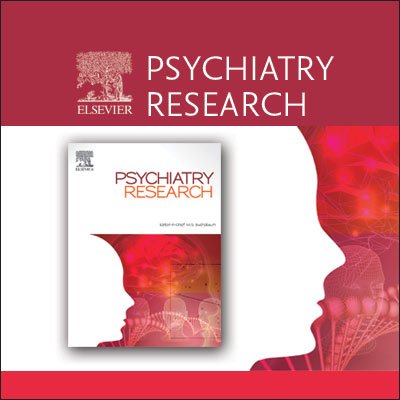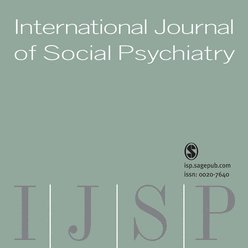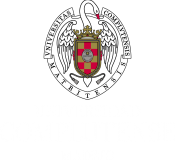
Autores:
González-Sanguino, C., Muñoz, M., Castellanos, M. A., Pérez-Santos, E., & Orihuela-Villameriel, T.
Study of the relationship between implicit and explicit stigmas associated with mental illness
The emergence of the Implicit Association Test (IAT) has encouraged the study of the implicit stigma associated with mental illness in recent years, although further research is still needed in this area. A sample (n = 102) composed of psychology students and people from the general population completed explicit stigma tests: Attribution Questionnaire-9 (AQ-9), Social Distance Scale (DS) and a Spanish version of the IAT. A statistical analysis of sociodemographic measures and variables, and the relationships between explicit and implicit evidence, was carried out. The presence of implicit and explicit stigma was observed throughout the sample. Significantly lower AQ-9 scores were found in the student group. A greater desire for social distance was related to older age, belonging to the general population group and not having a diagnosed relative. In contrast, greater implicit stigma was found in people who had a family member with a diagnosis. No relationship was observed between explicit tests and IAT. An analysis of the main components revealed one implicit component and other explicit. Our study supports the existence of a stigma model with two different dimensions. These findings highlight the need to consider explicit and also implicit stigma, in future theoretical models and applied studies.
González-Sanguino, C., Muñoz, M., Castellanos, M. A., Pérez-Santos, E., & Orihuela-Villameriel, T. (2019). Study of the relationship between implicit and explicit stigmas associated with mental illness. Psychiatry Research, 272, 663-668. doi: https://doi.org/10.1016/j.psychres.2018.12.172







